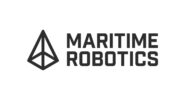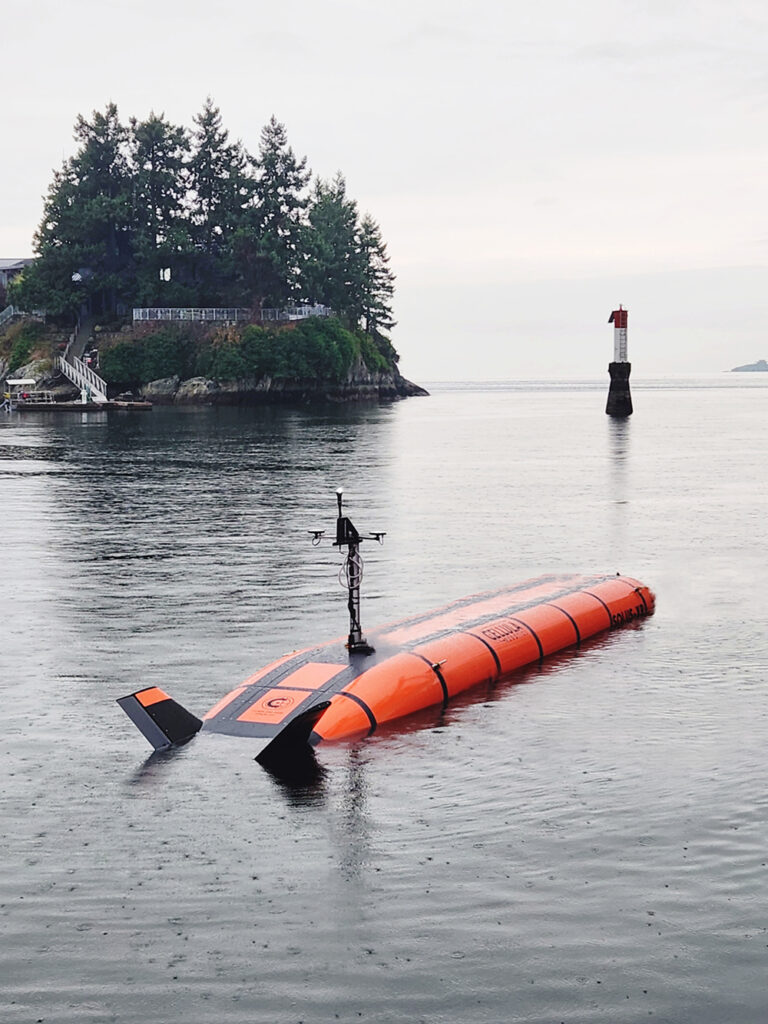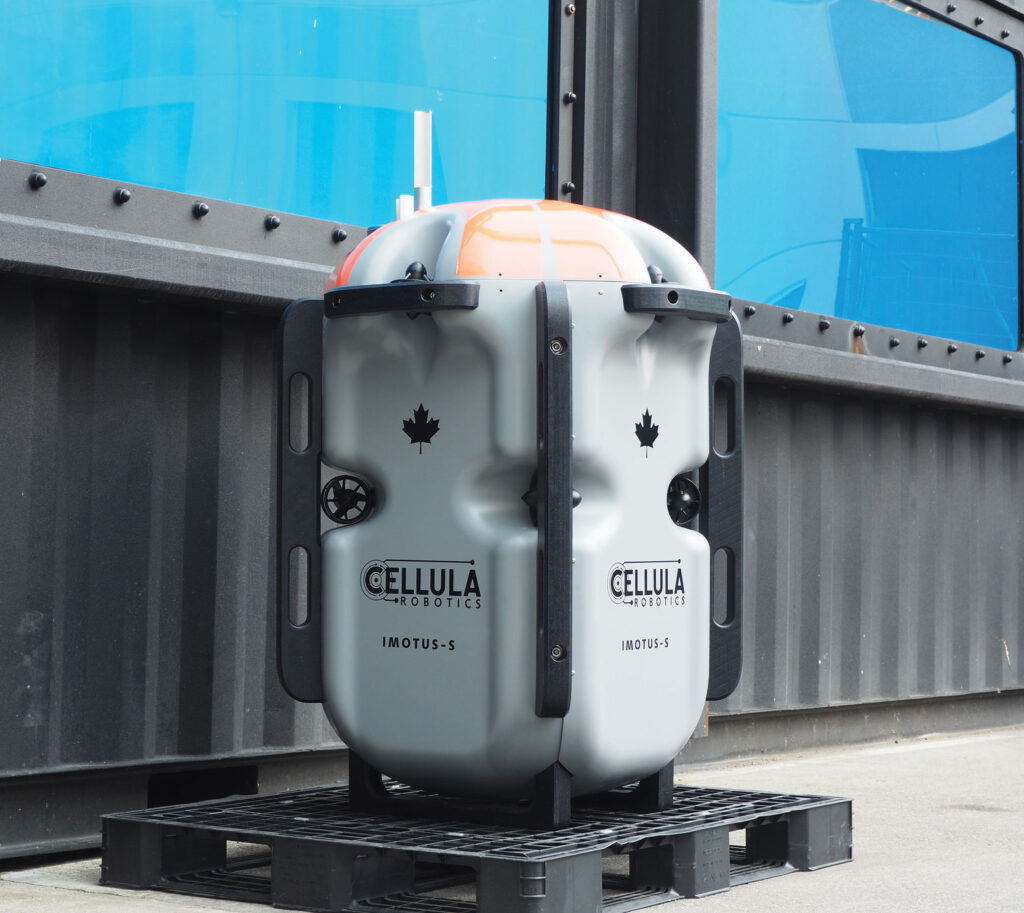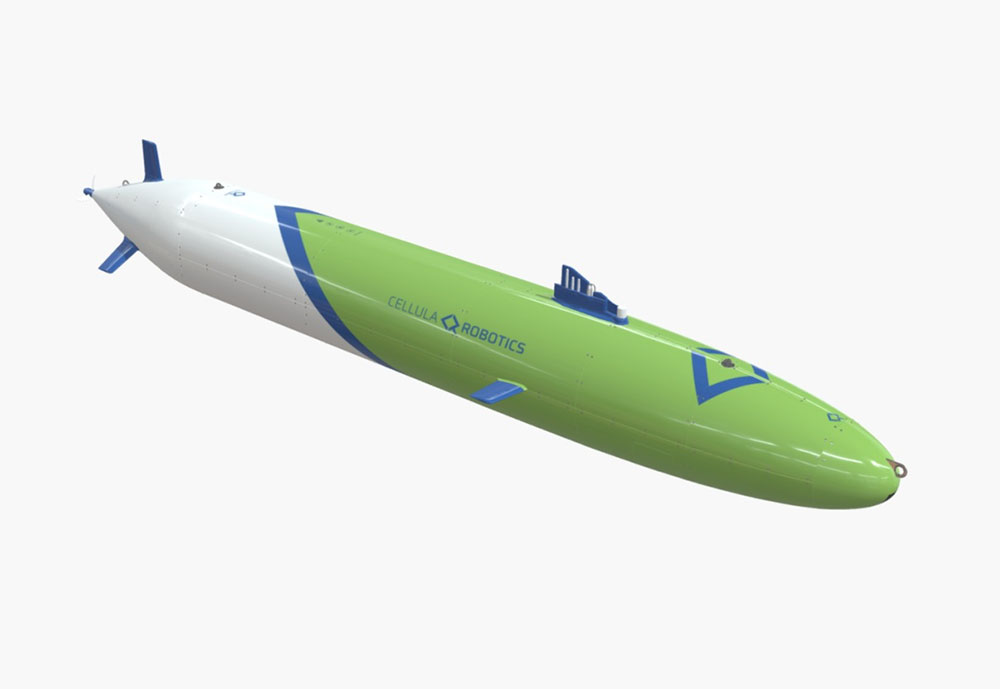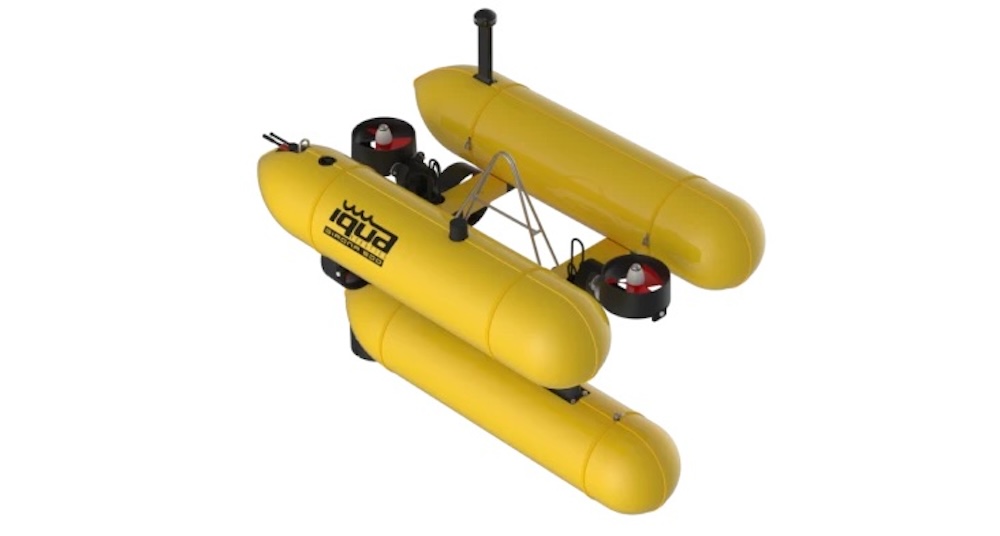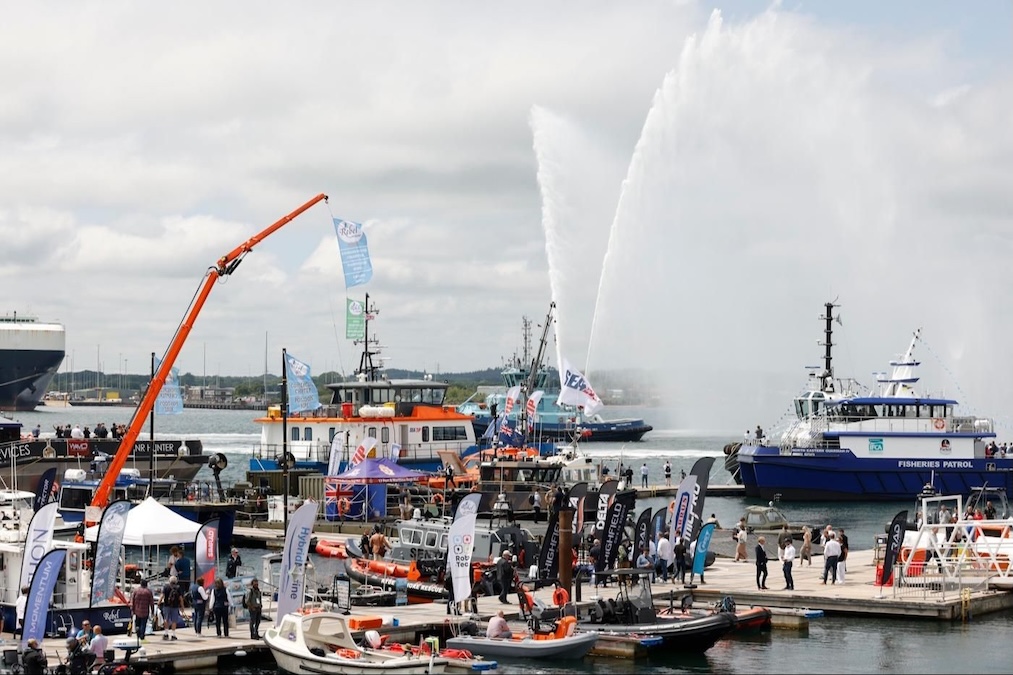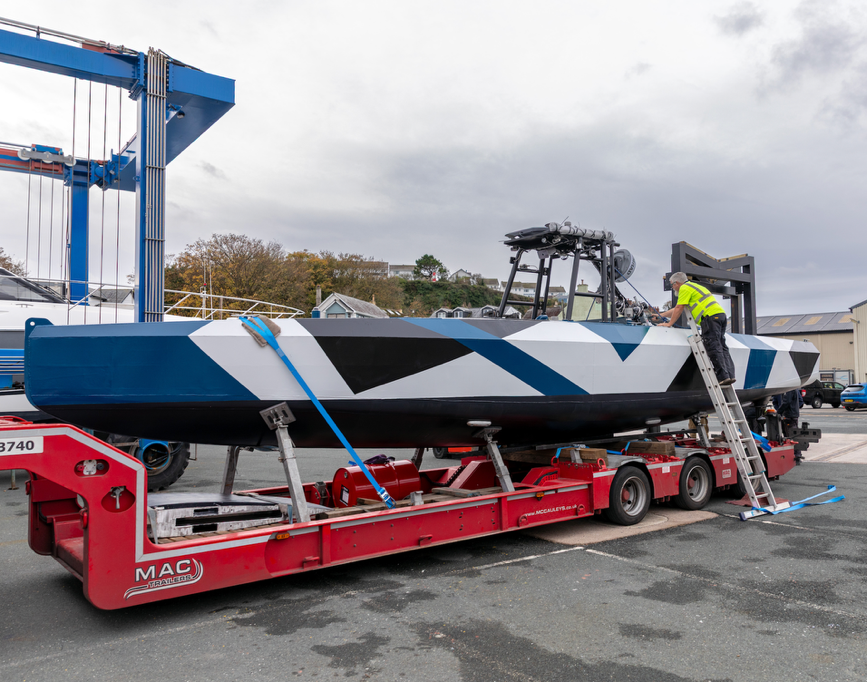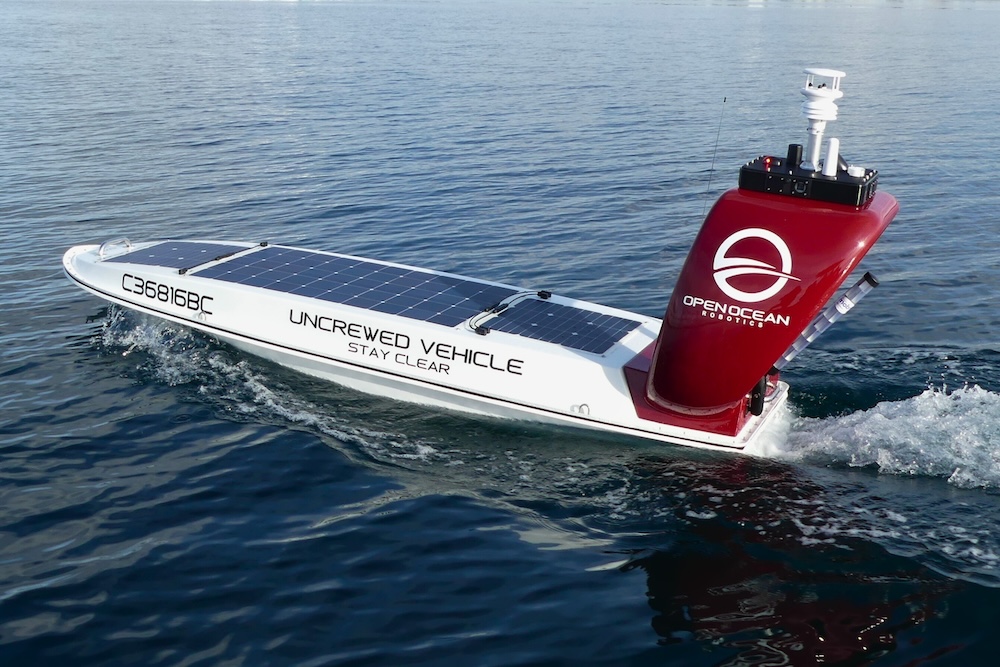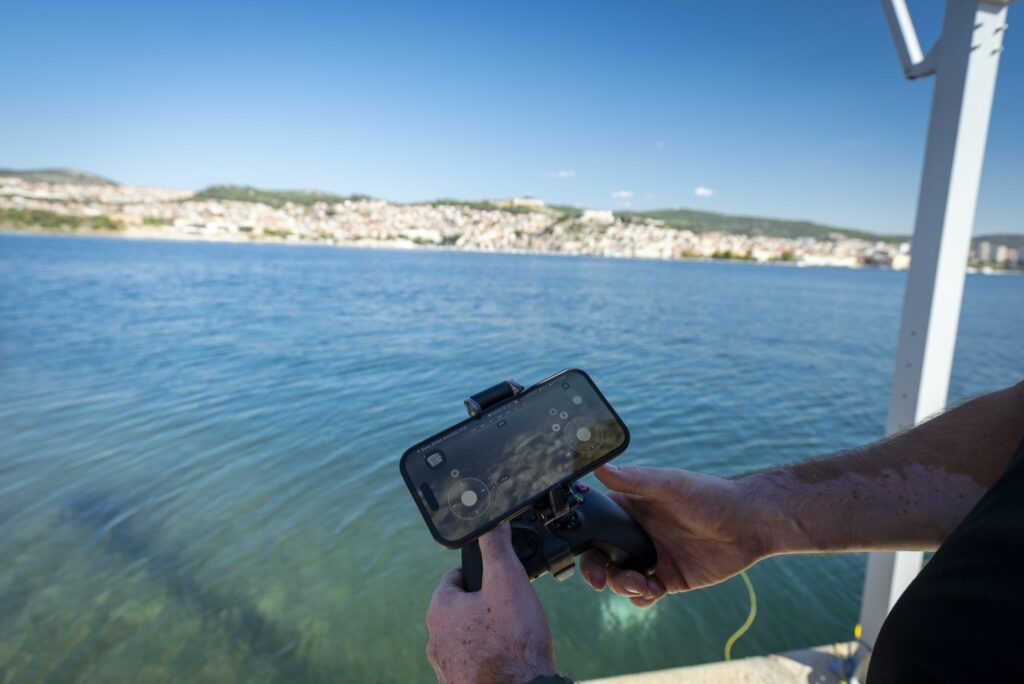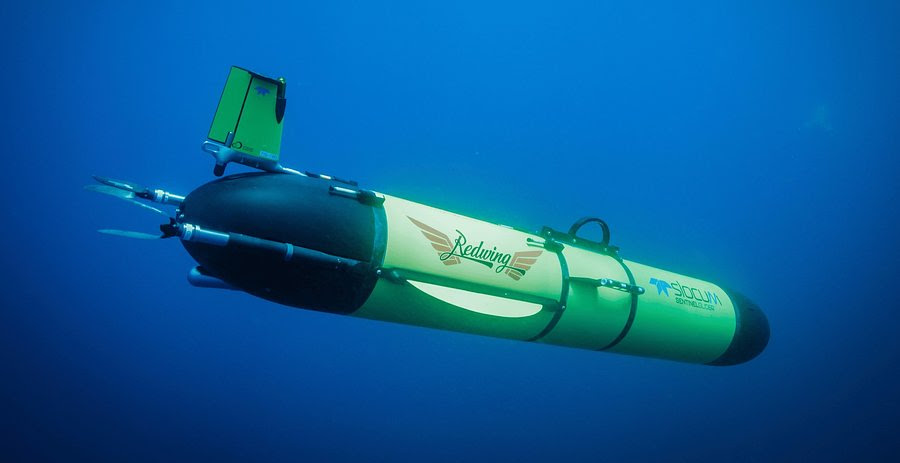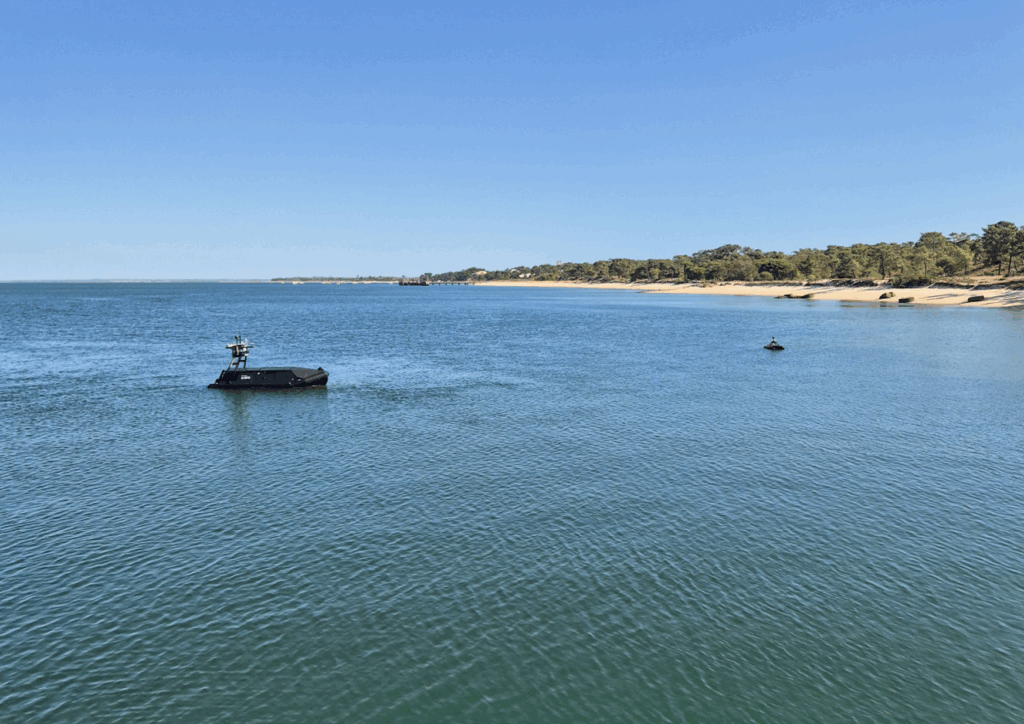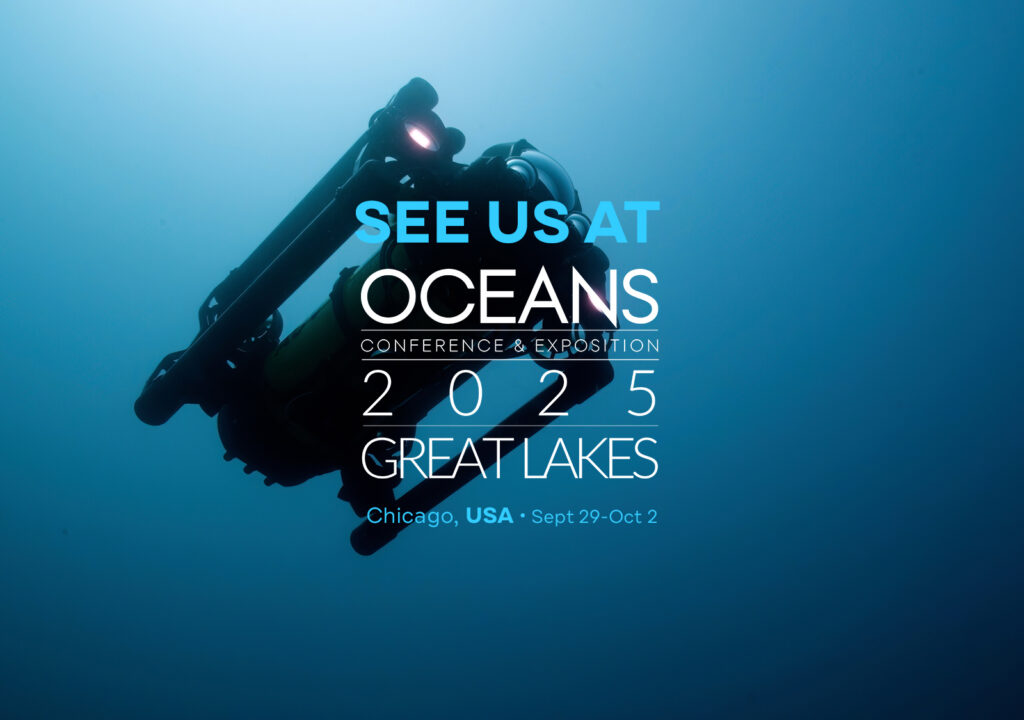Suppliers
Add your company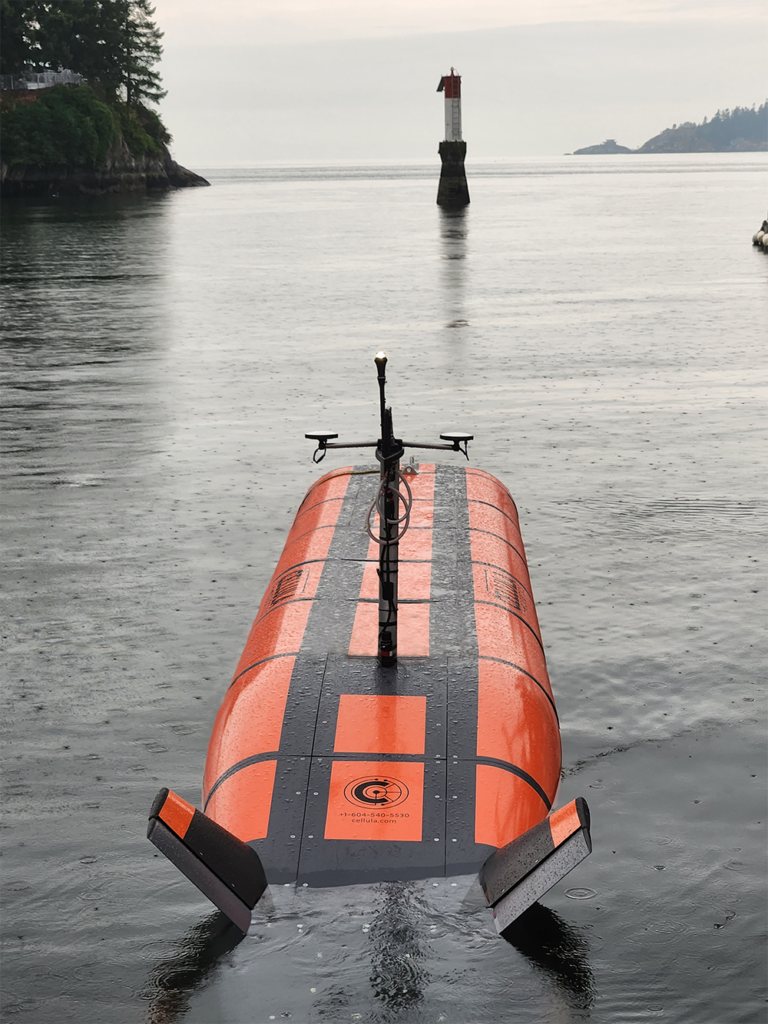
Innovative Autonomous Underwater Vehicle Solutions for Subsea Survey, Science & Security Applications
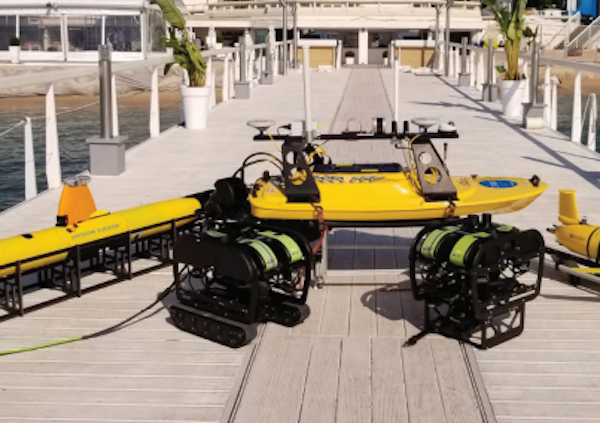
High-Performance Instruments, Sensors & Technologies for Exploring & Monitoring Subsea Environments

High-Accuracy Inertial Sensors & Acoustic Positioning Systems for Marine, Maritime & Offshore Applications
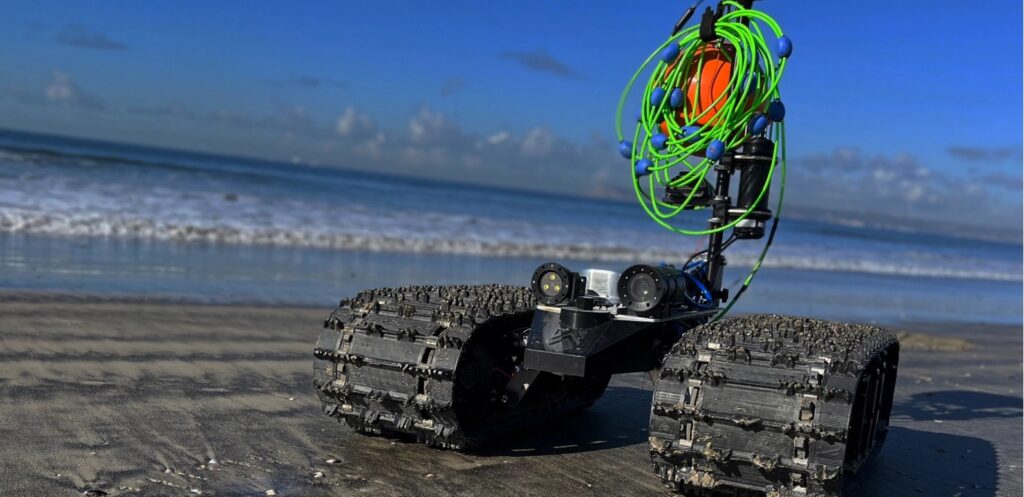
Cutting-Edge Ocean Robotics And Open Architecture Software Solutions
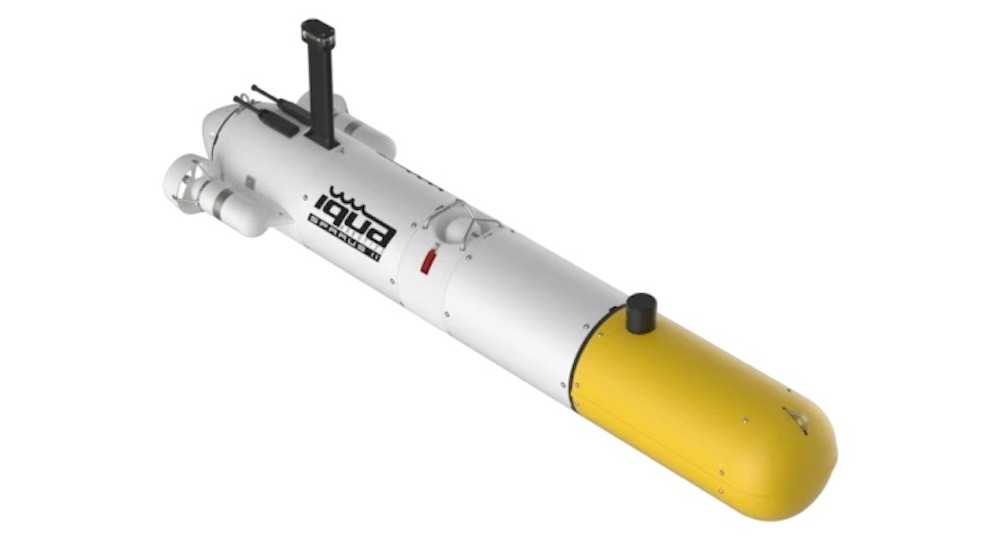
Next-generation autonomous underwater vehicles for inspection and reconnaissance
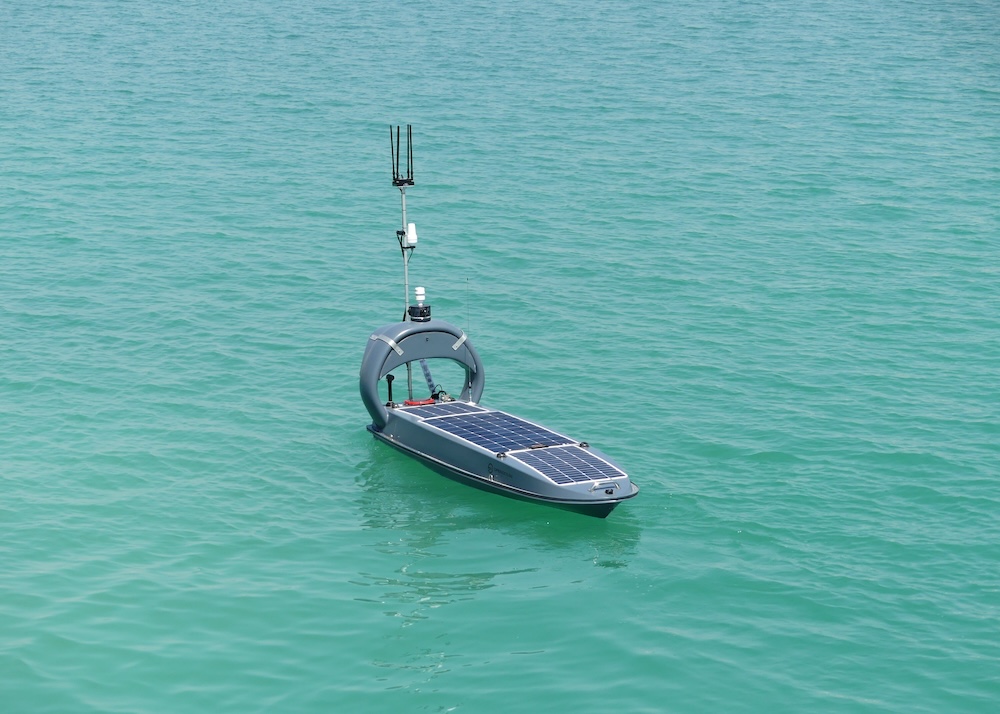
Reliable Solar-Powered USVs for Real-Time Oceanographic & Maritime Data Acquisition

Consultancy Services for the Integration of Unmanned Surface Vehicles (USVs) & AI Technologies for Marine Operations
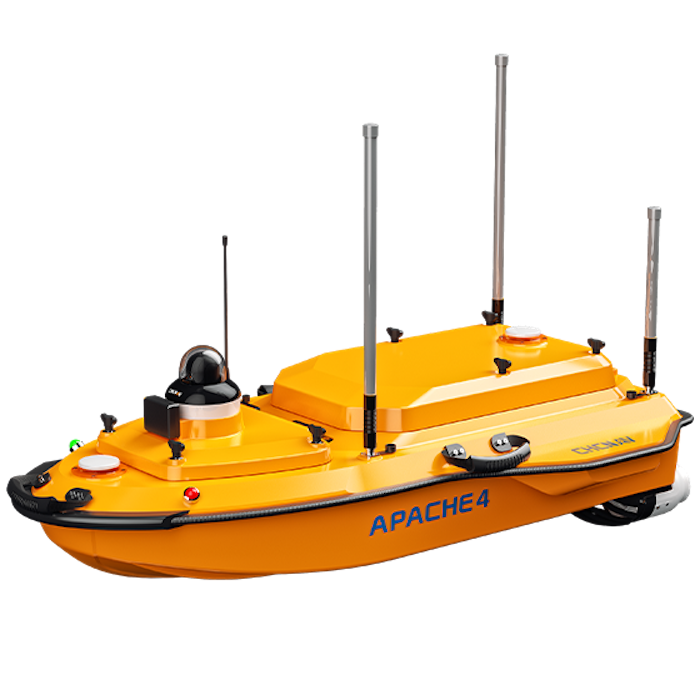
Professional Marine Survey Solutions for Ultra-Efficient Hydrographic, Bathymetric & Hydrological Data Collection
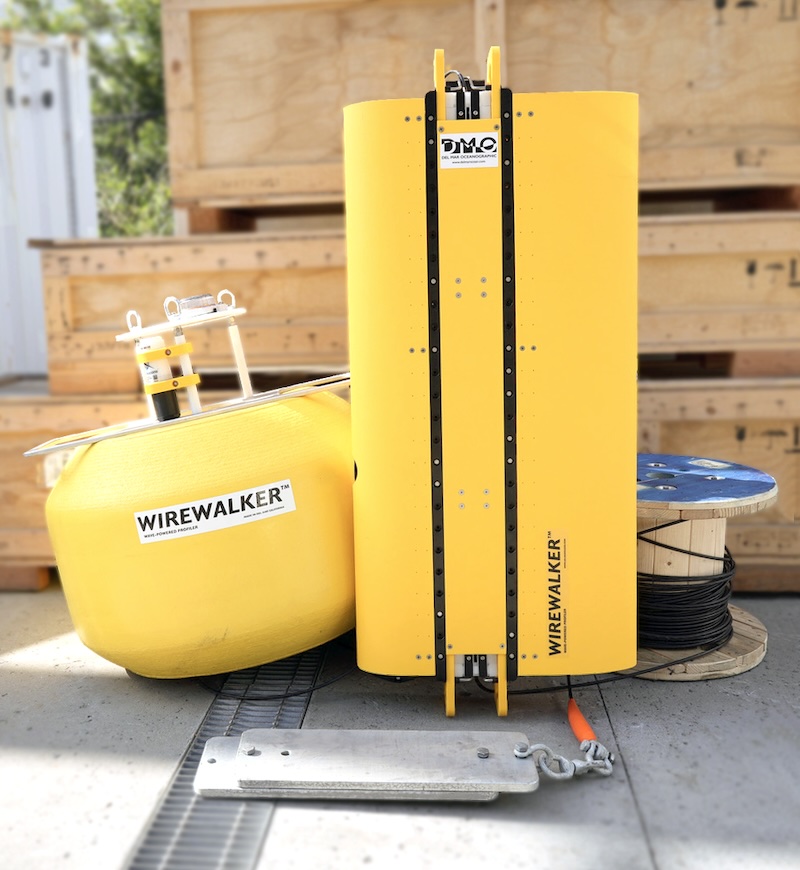
Wave-Powered Rapid Vertical Profiling System for Accurate Water Column Observation
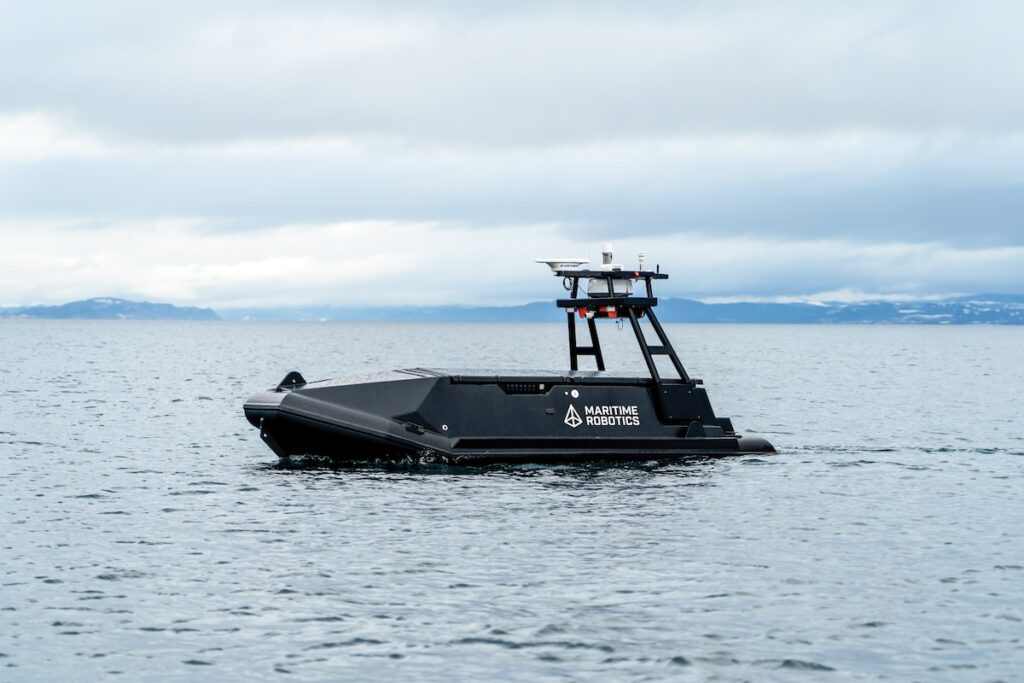
Innovative Autonomy & Uncrewed Vessel Technologies for Maritime Operations
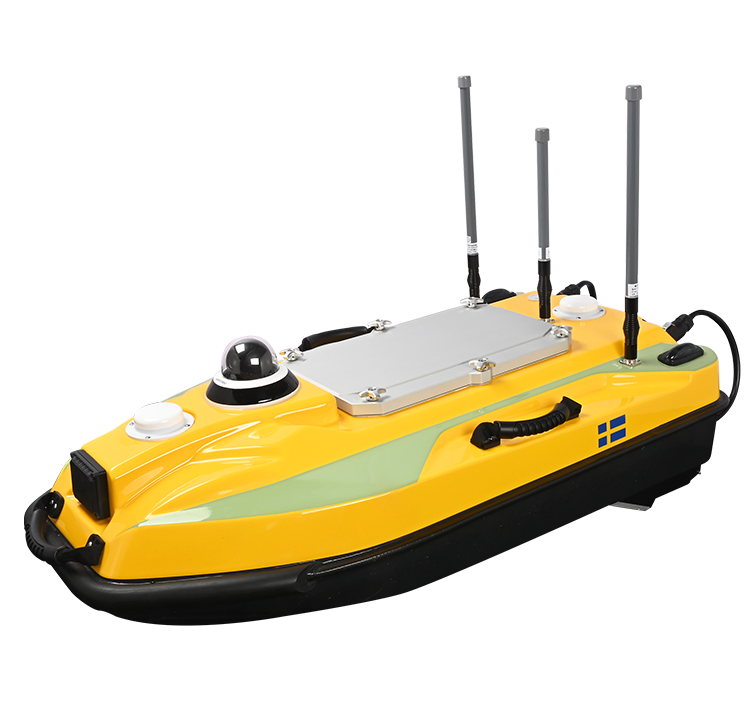
Cutting-Edge Surveying, Positioning & Sensing Solutions for Hydrographic & Oceanographic Applications
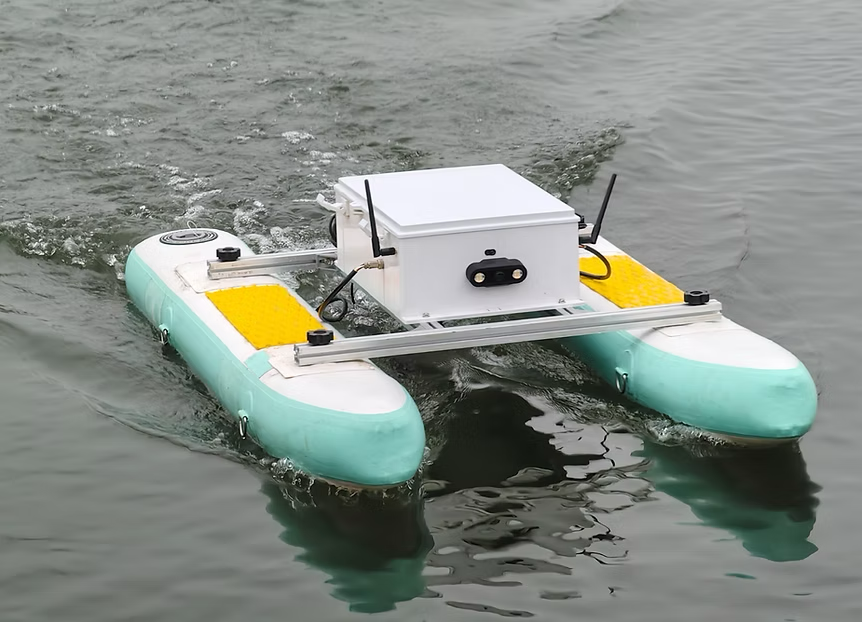
Robotic & Remote-Controlled Solutions for Waste Collection, Rescue Operations, & Aquatic Data Collection

Cutting-Edge Autonomous Underwater Vehicles (AUVs), Underwater Resident Vehicles and Remotely Operated Vehicles (ROVs)
If you design, build or supply Autonomous Marine Systems, create a profile to showcase your capabilities on this page
Products
Autonomous Marine Systems (AMS)
Autonomous marine systems are transforming ocean exploration, maritime operations, and naval applications by allowing unmanned surface and underwater vehicles to navigate and function with minimal human input.
The growing adoption of autonomous systems in the marine industry is driven by advancements in robotics, artificial intelligence, and sensor fusion, making autonomous navigation more precise and reliable. These technologies play a crucial role in applications such as ocean exploration, offshore surveying, defense operations, and commercial shipping. From subsea inspections to deep-sea research, autonomous marine systems are at the forefront of maritime innovation.
Autonomous Marine/Maritime Platforms
Autonomous marine systems rely on a diverse range of unmanned platforms, each designed for specific maritime applications. These platforms enhance efficiency, reduce operational risks, and expand the capabilities of ocean exploration, defense, and commercial maritime operations.
Unmanned Maritime Systems (UMS)
UMS is an umbrella term covering all unmanned marine platforms, including USVs, UUVs, AUVs, and ROVs. These systems are increasingly used in naval defense, commercial shipping, and oceanographic research to enhance operational capabilities while reducing costs and risks.
Unmanned Surface Vessels (USVs)
USVs are autonomous or remotely controlled surface vessels used for a variety of applications, including naval surveillance, oceanographic research, and commercial shipping. These vessels are equipped with advanced navigation systems, autonomy software, and collision avoidance technology to operate safely in complex maritime environments.
Unmanned Underwater Vehicles (UUVs)
UUVs encompass both AUVs and remotely operated vehicles (ROVs). These systems are used for underwater surveillance, mine detection, and pipeline inspections. UUVs are critical in naval operations and commercial industries that require detailed and accurate subsea data collection.
Autonomous Underwater Vehicles (AUVs)
AUVs are self-propelled underwater robots that operate without direct human control, making them ideal for deep-sea exploration, seabed mapping, and subsea inspections. Equipped with inertial navigation systems (INS) and advanced autonomy software, AUVs can perform extended missions in challenging underwater conditions.
Remotely Operated Vehicles (ROVs)
Unlike AUVs, ROVs are tethered to a surface vessel and operated remotely by human controllers. These vehicles are commonly used for underwater construction, oil and gas exploration, and deep-sea research. ROVs provide real-time data transmission and enhanced maneuverability for precise underwater tasks.
The continued advancement of maritime robotics and autonomy software is driving the development of more capable and intelligent unmanned platforms, shaping the future of autonomous marine operations.
Key Technologies in Autonomous Marine Systems
Autonomous navigation and positioning
Accurate navigation is fundamental to the operation of autonomous marine systems. Inertial navigation systems (INS), combined with GNSS/GPS and other sensor inputs, provide precise positioning even in challenging environments where satellite signals may be limited. These systems are essential for unmanned surface vessels (USVs) and underwater vehicles, ensuring reliable navigation in both open waters and complex subsea environments.
Marine autopilots further enhance autonomous navigation by enabling precise course-keeping and maneuverability. These systems integrate with collision avoidance technologies to ensure safe operation, particularly in high-traffic maritime areas. Autonomous control systems continuously process environmental data to make real-time adjustments, optimizing routes and improving operational efficiency.
Propulsion and power systems
Reliable propulsion is critical for autonomous marine vehicles. Solar, battery, hybrid, and diesel-electric propulsion systems are commonly used in AUVs, UUVs (unmanned underwater vehicles), and autonomous surface vehicles (ASVs). Advanced energy management solutions, such as fuel cells and renewable energy integration, are also being explored to extend operational endurance and reduce environmental impact.
Autonomy software and AI integration
Modern autonomous systems rely on sophisticated autonomy software and artificial intelligence (AI) to interpret sensor data, plan missions, and adapt to changing conditions. These software solutions enable real-time decision-making, allowing unmanned maritime systems to operate independently or in coordination with other autonomous vessels in a fleet. Autonomous fleet management solutions are increasingly being used in commercial and defense applications, streamlining operations for autonomous shipping and naval missions.
Applications of Autonomous Marine Systems
Defense and naval operations
Autonomous marine systems are transforming naval operations by providing advanced capabilities for surveillance, reconnaissance, and mine countermeasures. USVs and UUVs are deployed for intelligence gathering, while autonomous surface vessels support unmanned logistics and resupply missions.
Commercial and industrial applications
In the commercial sector, autonomous vessels and cargo ships are being developed to improve efficiency and reduce operational costs in global shipping. Autonomous cargo ships utilize advanced navigation systems and autonomy software to operate with minimal human oversight, enhancing safety and reducing fuel consumption.
Ocean exploration and scientific research
Autonomous underwater vehicles (AUVs) and remotely operated vehicles (ROVs) play a crucial role in deep-sea exploration, marine research, and subsea inspections. These robotic systems provide valuable data for marine science, helping researchers study ecosystems, map the ocean floor, and monitor climate change impacts.
The Future of Autonomous Marine Systems
As advancements in artificial intelligence, autonomy software, and propulsion technology continue, autonomous marine systems will play an increasingly vital role in maritime operations. From enhancing ocean exploration to improving the efficiency of commercial shipping and naval missions, these systems are reshaping the future of maritime autonomy.
With ongoing developments in collision avoidance, autonomous navigation, and marine robotics, the evolution of unmanned maritime systems promises greater safety, sustainability, and operational effectiveness across the industry.













